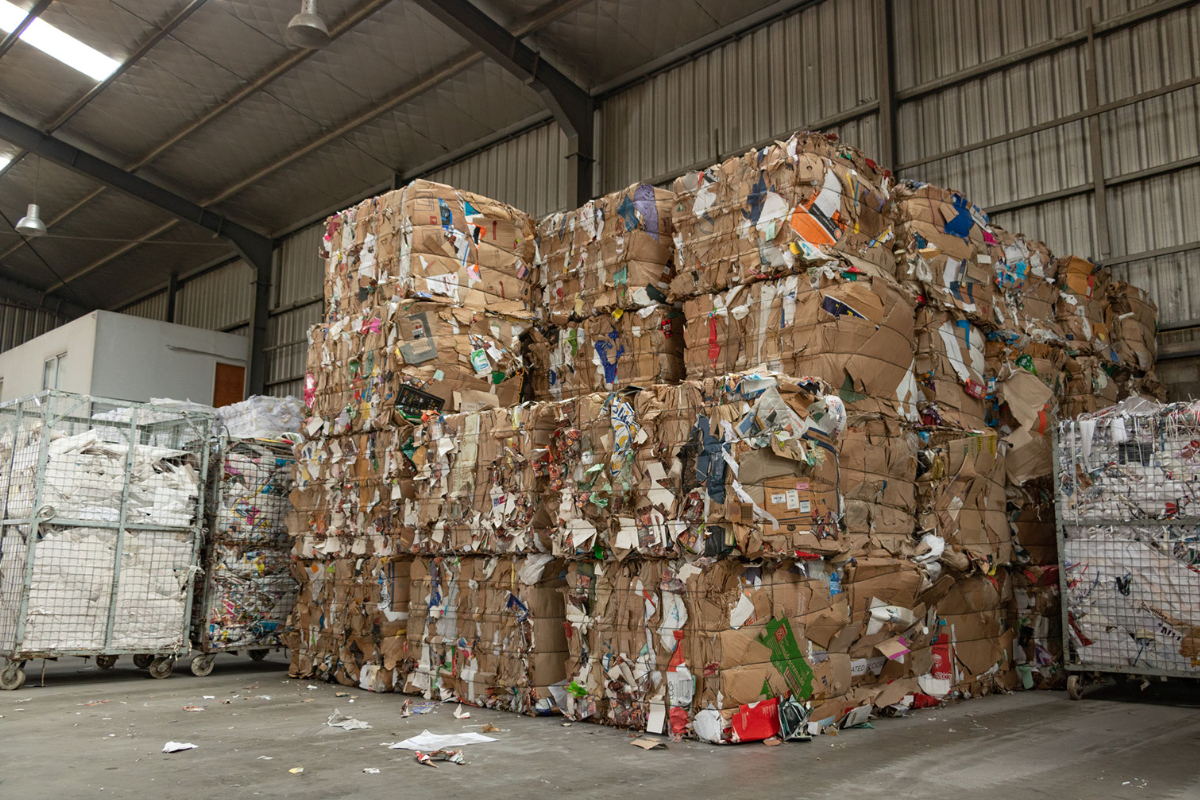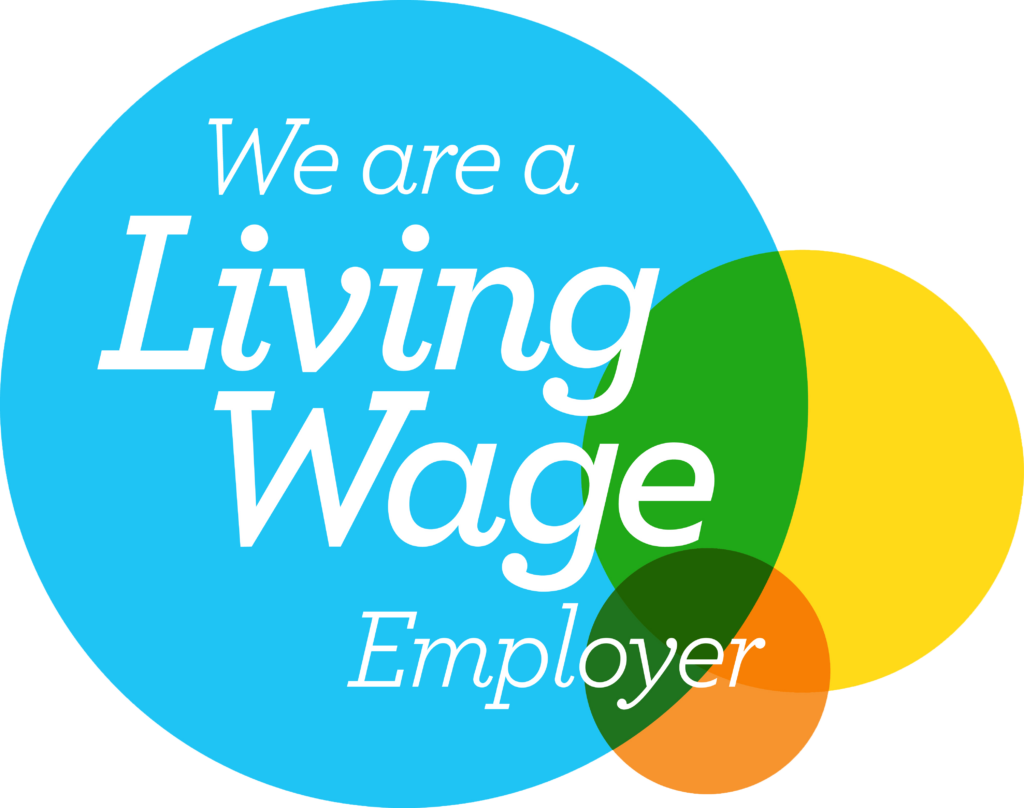Understanding Carbon Offsetting: What you need to know
Check out our LinkedIn for live updates

George Gash
Published: 22/09/2023
In an era where climate change and sustainability have become paramount concerns, businesses are under increasing pressure to reduce their carbon footprint.
Carbon offsetting has emerged as a strategy for companies to neutralise their emissions and demonstrate their commitment to environmental responsibility. But what do you need to know before your business begins offsetting?

Understanding Carbon Offsetting
Carbon offsetting is a practice that allows businesses to compensate for their greenhouse gas emissions by investing in projects that reduce or remove an equivalent amount of carbon dioxide (CO2) from the atmosphere. These projects can range from reforestation initiatives and renewable energy projects to methane capture from landfills. It’s a way for companies to take responsibility for their carbon emissions and contribute to global climate action.
How does carbon offsetting work?
If you choose carbon offsetting as a way to reduce your business’ emissions, you’ll need to purchase carbon credits. These carbon credits are usually equivalent to one tonne of CO2 being removed from the atmosphere. So, if you purchase 10 carbon credits, you’ll effectively remove 10 tonnes of CO2 from the atmosphere. The revenue generated from the purchasing of these credits will then go to fund the chosen offsetting project, for example, building hydroelectric dams. These credits will usually cost an organisation around £4-£10 each, depending on the project. However, these costs are expected to dramatically increase over the next few years as the demand increases.
What role does waste play on the journey to Net Zero? Click here to find out!
Why Carbon Offset?
- Sustainability and Reputation: Carbon offsetting can enhance a company’s sustainability image and reputation. With more customers and investors looking for more sustainable partnerships, this could be a key selling point for your business.
- Regulatory Compliance: Many governments and industry regulations now require companies to report and reduce their carbon emissions. For example, the ESOS scheme requires businesses to report their carbon emissions every four years. Carbon offsetting can help your business stay compliant too.
- Enhanced CSR: It’s key that businesses are showing their commitment to becoming more sustainable. As the world reaches a key turning point in our fight against the climate emergency, we should all be doing our bit to reduce our emissions as much as possible. Having offsetting in your company’s CSR Policy shows that your organisation is ready to take a stance against climate change.


Sets for Carbon Offsetting:
So, you’ve decided you want to begin investing in carbon offsetting. What steps will you need to take?
1. Identify Your Carbon Footprint
Before you can effectively offset your carbon emissions, you’ll need to understand your carbon footprint. Conduct a comprehensive carbon emissions assessment, including Scope 1, 2, and 3 emissions, to determine where your company’s emissions originate. We partnered with a local university to assess our carbon emissions and discover the bigger picture. Having a better idea of your emissions will help you to prioritise areas for both reduction and offsetting going forward.
2. Set Emission Reduction Targets
Establish clear, measurable targets for reducing your carbon emissions. These targets should align with international climate goals, such as the Paris Agreement, and be specific to your industry. For example, the UK is aiming to become Net Zero by 2050, so you could align your targets with this goal. You could also consider setting Science-Based Targets (SBTs) for a more ambitious approach.
3. Choose Carbon Offset Projects
Selecting the right carbon offset projects is crucial. Look for projects that are credible, verifiable, and align with your company’s values and goals. There are a couple of different types of offset projects you could choose from:
- Reforestation: These involve planting trees which capture CO2 from the atmosphere.
- Renewable energy projects: This supports the development of new wind, solar, or hydroelectric initiatives across the world.
- Methane capture: These projects work by trapping methane emissions from landfills or agriculture.
- Cookstove projects: Projects like this work by providing cleaner cooking solutions to communities across the globe.
It’s always best to look for third-party certification standards like the Verified Carbon Standard (VCS), UN accredited projects, the Climate Action Reserve, or the Gold Standard. These will validate the project’s credibility and ensure you’re choosing the best projects.
Has your business considered an ISO 14001 certification? Click here to learn more!
4. Implement a Carbon Offset Strategy
Integrate carbon offsetting into your broader sustainability strategy. Communicate your efforts transparently to stakeholders, including employees, customers, and investors. Make it clear how carbon offsetting aligns with your company’s mission and goals. You can also use this in marketing materials to show your customers that you’re serious about your sustainability goals.
5. Monitor and Report
Regularly monitor your progress in reducing emissions and the impact of your carbon offset projects. Reporting transparently on your efforts helps build trust with stakeholders and demonstrates your commitment to sustainability. Carbon offsetting should not be a one-time effort but an ongoing commitment to reducing emissions and contributing to a sustainable future. Continuously evaluate and update your strategy to reflect changing circumstances and new opportunities.
Avoiding Greenwashing when Carbon Offsetting
One of the biggest criticisms of carbon offsetting is that it’s often an easy form of greenwashing. Carbon offsetting is great for businesses dealing with a small amount of carbon emissions left over. But you need to be careful. Looking to offset your entire carbon footprint with carbon offsetting is not the best route. Some of these projects will take time to reduce the amount of carbon that you’re looking to offset. For example, a single tree will take around 40 years to remove one tonne of carbon from the atmosphere.
Your business needs to prioritise reducing emissions internally before considering offsetting. It should not be your business’ only efforts to become more sustainable. Focus on reducing emissions internally to reduce your carbon footprint as much as possible, before looking into offsetting. Reduce as much of your emissions possible first. Then look to high quality, accredited carbon offsetting projects to reduce the leftover amounts that you can’t reduce in your operations.
Contact Us
Want to become more sustainable in your business operations but not sure where to start? Flame UK can help your business to get on the right tracks to reduce your business’ emissions and costs. Get in touch with our team today to learn more about how Flame UK can support your business.




